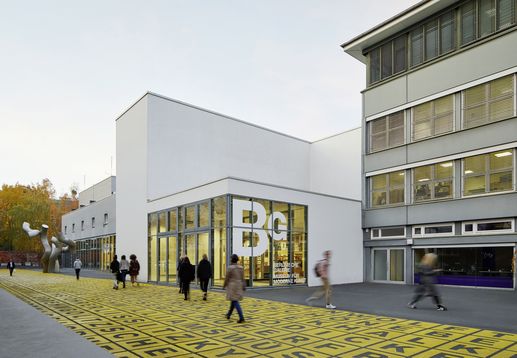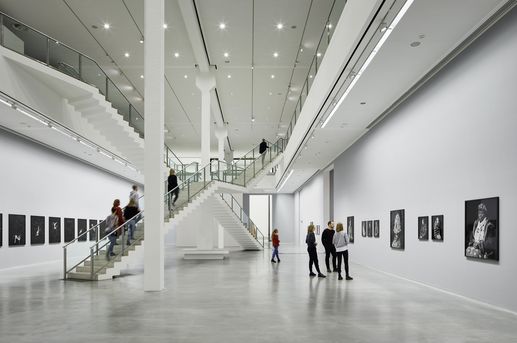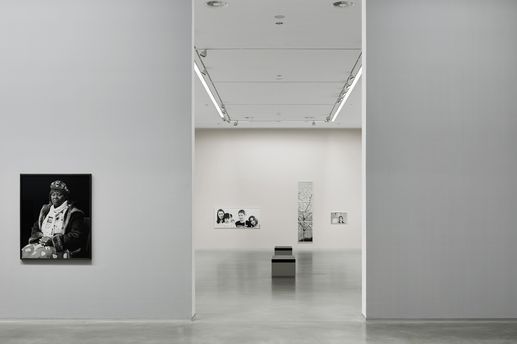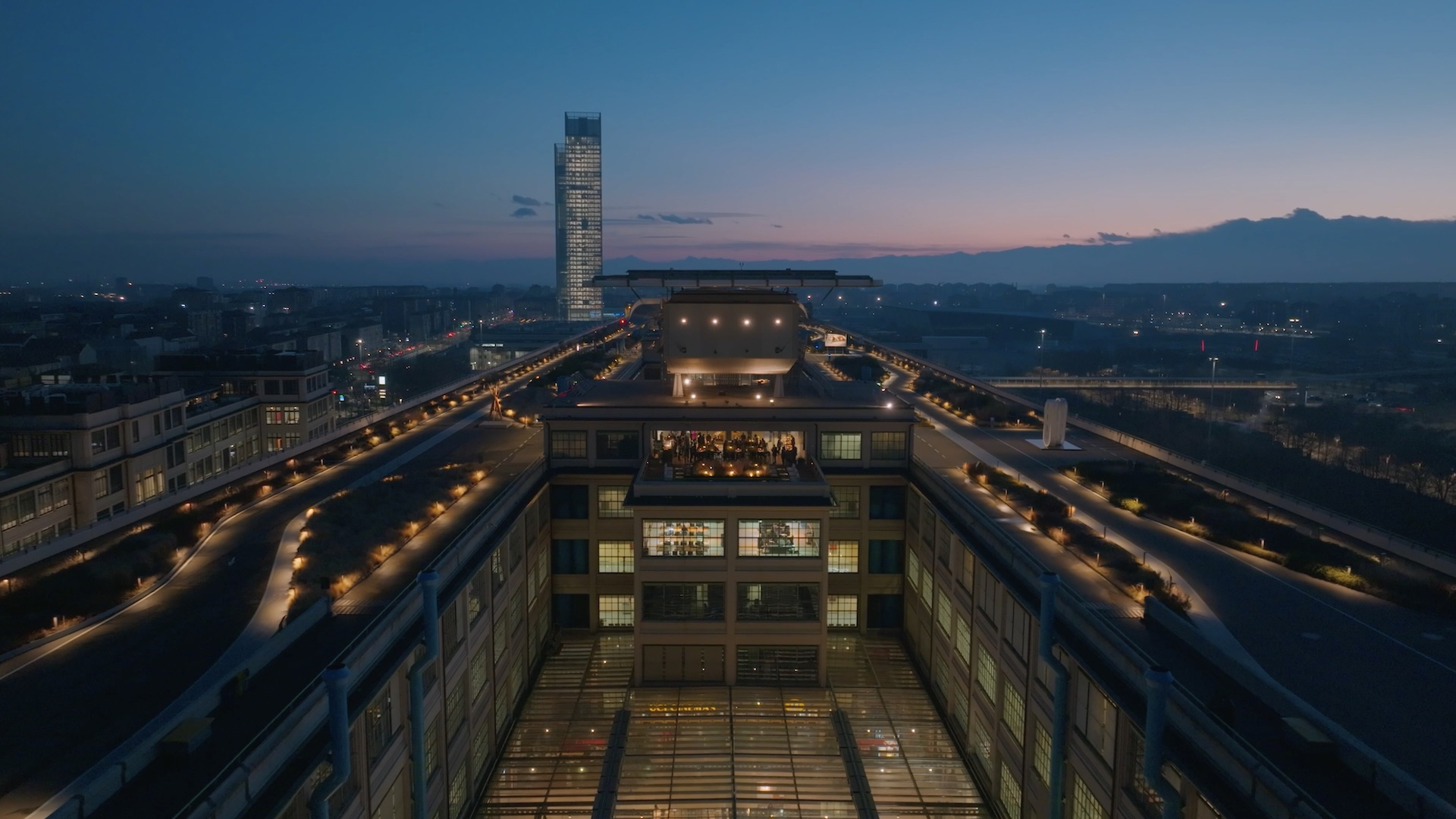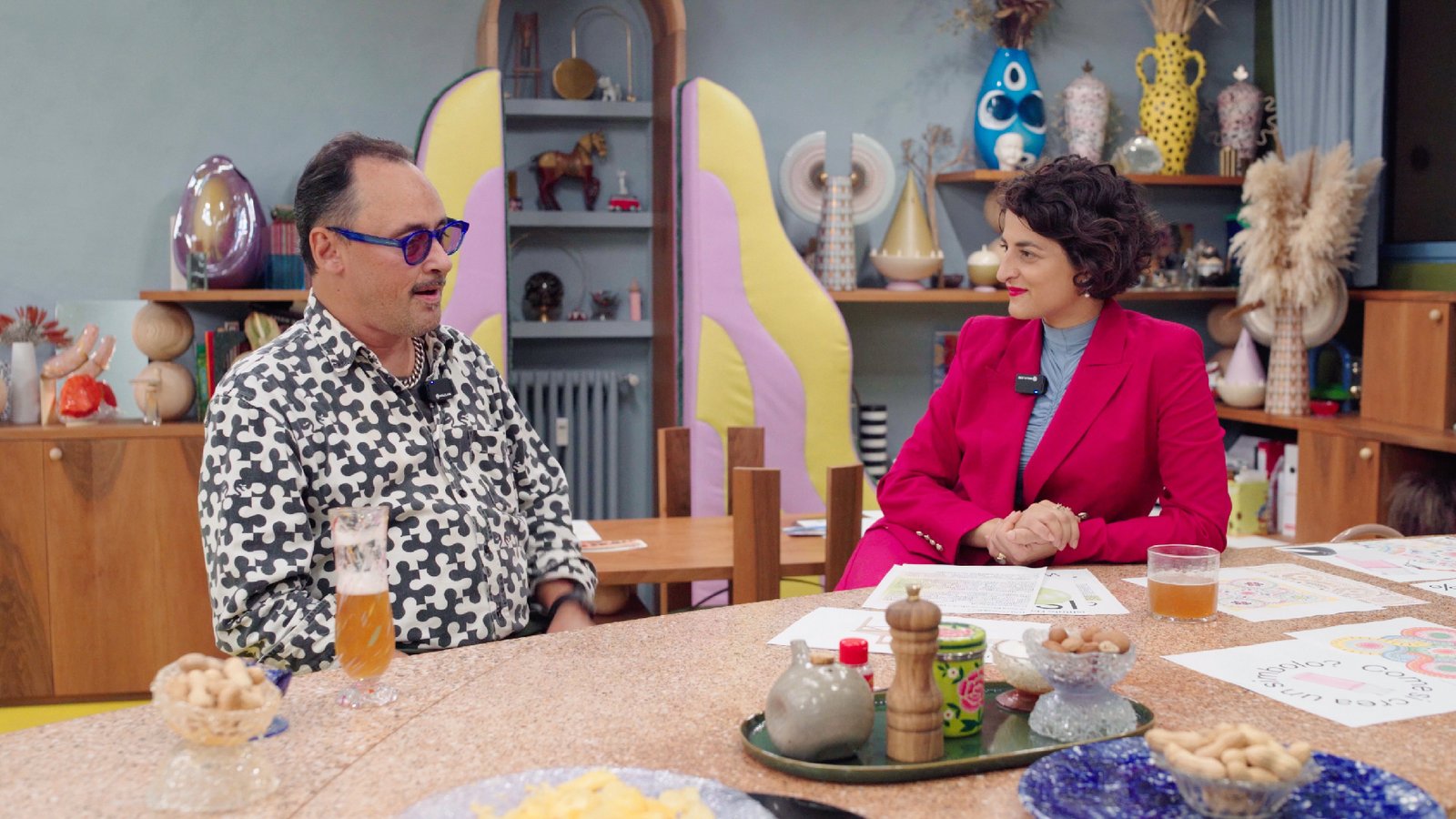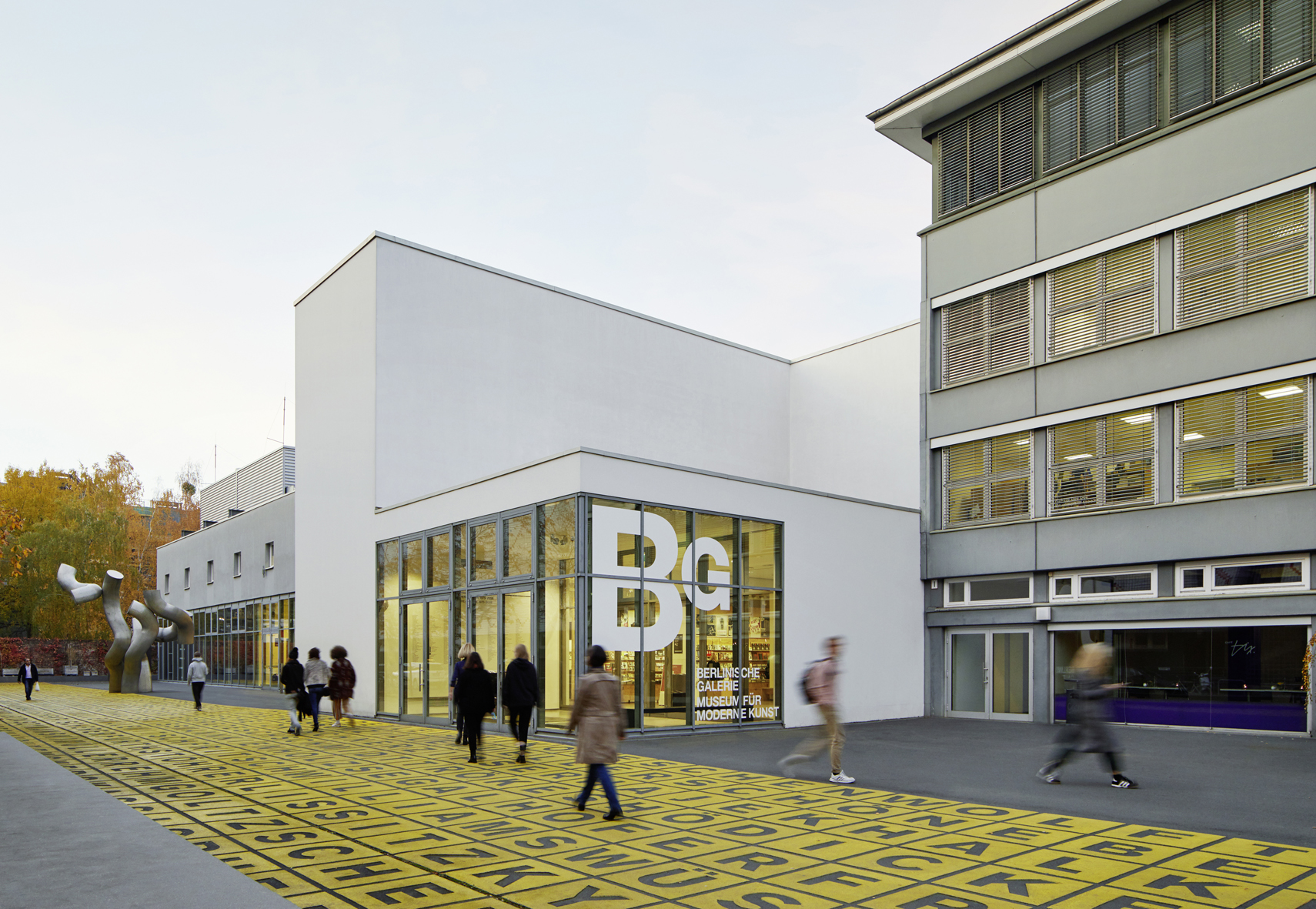
Opportunities Beyond Borders: How Creativity is Supported in Europe
Art is never exclusively a matter of individual creativity: it is also the result of well-structured support systems. In countries such as Germany, Austria, Switzerland and France, there are institutions that support culture through a mix of public and private funding and a long tradition of exhibition spaces such as kunsthaus, kunsthalle and kunstmuseums. Such venues very often offer artists concrete opportunities for exposure and growth by acting as true pillars of the national cultural system.
But what exactly are they and how do they work?
 Kunsthaus Zurich
Kunsthaus Zurich
Kunsthaus (plu. kunsthäuser) literally "house(s) of art" are exhibition spaces often run by public and semi-public organisations. For example, the Kunsthaus Zürich1, Switzerland's largest museum, proudly bears the motto "No Prince, No State, No Collector" on its website. In fact, it grew out of a small circle of artists and art lovers who, starting in 1787, met regularly to discuss culture and support each other. In the kunsthaus, artists found a platform to show their work, benefiting not only from visibility, but also from contacts with gallery owners and collectors. These spaces provide a meeting point between art and the public by offering an ongoing dialogue between tradition and innovation.
Kunsthalle (plu. kunsthallen) ‘art halls’ represent another interesting model. In addition to the permanent exhibition, as the Hambuger Kunsthalle2 (Hamburg) houses one of the most important public collections in Germany, kunsthalle also focus on the organisation of temporary exhibitions, often of great international significance. This allows a flexibility that attracts mainly creative artists interested in participating in exhibitions of an experimental nature or retrospectives that place art in new contexts. In Berlin, the Berlinische Galerie3 is an example of how local and international art can be mixed, hosting projects ranging from photography to installation, architecture to painting.
Rather than museums as they are usually understood, kunsthalle can be defined as laboratories of artistic innovation that create a dynamic ecosystem involving citizenship.
Finally, kunstmuseums (plu. kunstmuseen) "art museums", such as the Kunstmuseum in Basel4 or the Kunsthistorisches Museum in Vienna5 , offer yet another view of the relationship between art and institutions. They preserve and enhance historical art collections, but dedicate spaces to contemporary exhibitions, fostering a dialogue between the past and the present. Thanks to public and private funding, they realise ambitious exhibition projects involving well-known artists.
Another strength of some European systems is the support for artists not only through exhibition spaces but also with public funds. In Germany, for example, the Kulturförderung6 (cultural support by the community) provides support for developing new projects often through regional and national calls for proposals. On the other hand, Die Beauftragte der Bundesregierung für Kultur und Medien7 (Commissioner of the Federal Government for Culture and Media) promotes a number of cultural initiatives.
In Austria, on the other hand, the Bundesministerium für Kunst, Kultur, öffentlichen Dienst und Sport (BMKÖS)8 operates, while in Switzerland there are institutions such as Pro Helvetia - Swiss Arts Council9, which support artistic and cultural operators in order to promote their projects outside the country's borders.
The Central European art system, despite its merits and successful models, is not, however, without its problems and difficulties. A first critical aspect is the excessive bureaucracy involved in accessing funds. Despite the presence of subsidy programmes for artists and cultural institutions, the application and evaluation processes can be long and complex, penalising smaller or experimental projects that lack the resources to deal with these processes. Secondly, central government management tends to favour already established artists, leaving less room for new voices from disadvantaged socio-economic backgrounds. Moreover, experimental spaces sometimes show an over-reliance on global market trends and insufficient attention to emerging local creatives.
 FRAC Marseille
FRAC Marseille
Another problem concerns long-term economic sustainability. Public funding changes according to state economic developments and changes of government, so that many cultural realities find themselves increasingly dependent on private sponsors or donors, risking compromised curatorial independence and increased pressure to produce ‘commercially attractive’ exhibitions. ‘commercially attractive' exhibitions. Finally, the system of subsidies and support varies widely from country to country.
In France, support for contemporary artists and institutions is relatively well structured, but some creatives report that opportunities are highly centralised in Paris, creating inequalities with peripheral areas. To remedy this problem, the FRACs (Regional Funds for Contemporary Art)10 were created in 1982 on the initiative of the Ministry of Culture through a State-Regions partnership: an original and essential tool to support the creation and cultural development of the territory and public awareness. There are currently 23 FRACs, some with permanent contemporary art collections, with a total in 2018 of 35,000 works collected, 6,000 national and non-national artists exhibited, 667 exhibitions organised and 3,559 artistic and cultural training actions in the most diverse venues and 1.5 million visitors welcomed throughout the country.
 Frac Bretagne
Frac Bretagne
For Italian creatives, these models represent opportunities to look beyond their geographical borders. While in Italy the promotion of contemporary art is often limited, in other parts of Europe there are experiences that could be taken as an example, calibrating their strengths and weaknesses.
The ultimate goal is not just to find exhibition venues, but real cultural engines that foster interaction between art and visitors, thanks to well-balanced public and private support.
Cover image: Berlinische Galerie, Außenansicht, Foto: © Noshe
A radio and television personality, digital content creator, writer for various newspapers and author of the book ‘Arte Queer. Corpi, segni, storie’ published by Rizzoli, Elisabetta Roncati has decided to combine a university business/management education and a passion for culture with a single goal: to bring people closer to art in a clear, easily understandable and professional manner. Interested in all forms of artistic and cultural expression, contemporary and otherwise, she has two great passions: non-European art and civil rights. In 2018 she founded the registered trademark Art Nomade Milan with which she is involved in digital dissemination on the main social media (Instagram and Tik Tok @artnomademilan).
